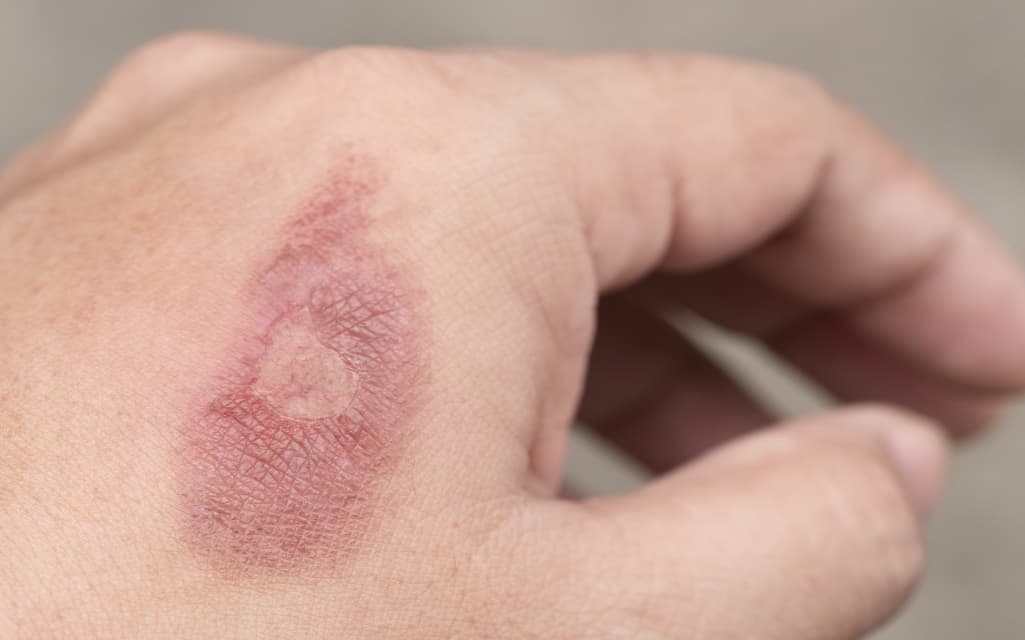According to the Australian Institute of Health and Welfare (AIHW), burns and scalds are common injuries sustained by many Australians, and that the greatest number of events that result in them take place within the home. Burns are primarily caused by exposure to heat: open flame, hot liquids, ultraviolet radiation from being out in the sun too long, certain chemicals, as well as electricity or lightning.
While most burns are not very severe or life-threatening, it is of paramount importance to know how to treat them, especially since the individuals most at risk of the injury are children younger than 4, young males whilst on the job, and the elderly. In Brisbane, first aid training courses can be helpful in terms of learning how to identify the severity of a burn as well as the proper steps to take to alleviate the injury. Meanwhile, read on for essential guidelines on what to do when you or someone in your household incurs a minor burn.
Cool It Down
If the burn only affects the top layer of the skin and is around the diameter of a 20-cent piece or less, the first thing you should do is to move away from the heat source and cool it down immediately by running the affected area through cold water for at least 20 minutes. Cold water is crucial, not ice – ice should never be used to treat a burn. If the burn was caused by an open flame and some clothing has caught on fire, remove the garment immediately, unless it is stuck to the burn. Jewellery close to the affected area should also be removed, so long as it doesn’t cause the patient any discomfort. Burns are prone to swelling quickly, which means that bracelets and rings can constrict the area.
Protect the Burn
Cover the burn with a sterile, non-adhesive bandage or cloth. It is not advised to apply anything to the burn – old wives’ tales sometimes call for the application of butter or oil, toothpaste, or creams and lotions. Do not do so: some ingredients and fragrances can cause your burn to become more irritated. Instead, apply a thin layer of petroleum jelly over the surface of the burn. For sunburns, an all-natural pure aloe vera product that does not contain colour, fragrance or fillers may be used to soothe the injury. It is also advised that you stay out of the sun for the duration and use sunscreen with an SPF of 30 or higher if you must head out.
Treat the Pain
A first-degree surface burn is likely going to hurt a lot. Over the counter pain relievers such as acetaminophen and ibuprofen are safe to take in such cases; a physician may also prescribe antibiotics for more severe burn injuries to reduce the risk of infection. If you are unsure, seek the advice of your medical practitioner before taking any medicine.
Check in with Your Doctor
Most surface burns likely do not need the attention of a physician, but seek help if you see signs of infection, such as fever, increased pain and redness, swelling, or oozing. You should also call your doctor if the injured person needs a tetanus shot, or a booster; tetanus boosters should be given every 10 years.
For Severe Burns, Seek Immediate Help
Call triple zero (000) immediately if the burn is severe or if it involves a person’s airway and they are having difficulty breathing. The burn should be cooled with cold running water and covered with a clean and dry, non-fluffy or fibrous material such as plastic cling film until medical personnel are on site to take over.



